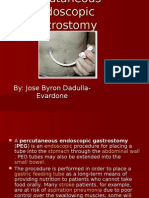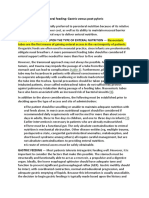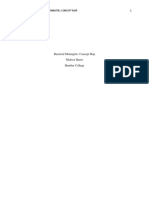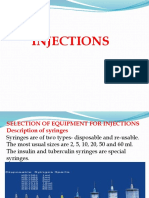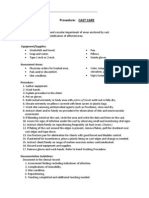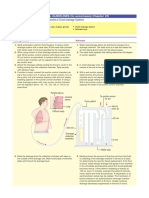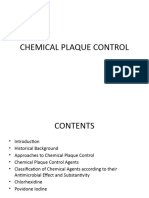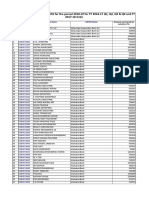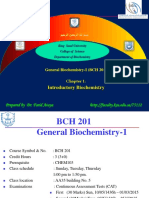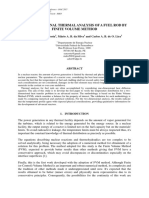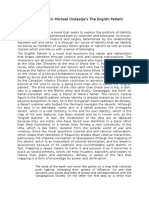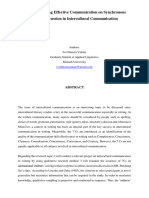0% found this document useful (0 votes)
183 views6 pagesSUTURING
Suturing is the process of approximating the edges of a surgical wound or incision using stitches. There are various suture materials, both absorbable and non-absorbable. Common techniques include interrupted, continuous, and mattress sutures. Knot tying is important for security. Sutures are typically removed after 5-10 days. Complications can include failure, extrusion or tissue damage if too tight. Alternatives to sutures include clips and staples.
Uploaded by
Sahin mollickCopyright
© © All Rights Reserved
We take content rights seriously. If you suspect this is your content, claim it here.
Available Formats
Download as DOCX, PDF, TXT or read online on Scribd
0% found this document useful (0 votes)
183 views6 pagesSUTURING
Suturing is the process of approximating the edges of a surgical wound or incision using stitches. There are various suture materials, both absorbable and non-absorbable. Common techniques include interrupted, continuous, and mattress sutures. Knot tying is important for security. Sutures are typically removed after 5-10 days. Complications can include failure, extrusion or tissue damage if too tight. Alternatives to sutures include clips and staples.
Uploaded by
Sahin mollickCopyright
© © All Rights Reserved
We take content rights seriously. If you suspect this is your content, claim it here.
Available Formats
Download as DOCX, PDF, TXT or read online on Scribd
/ 6

